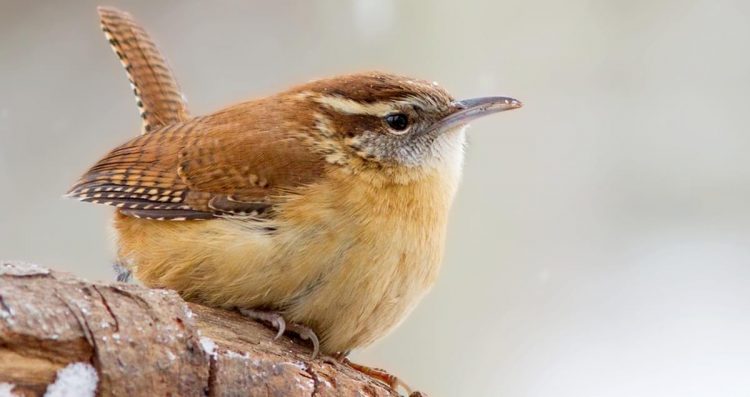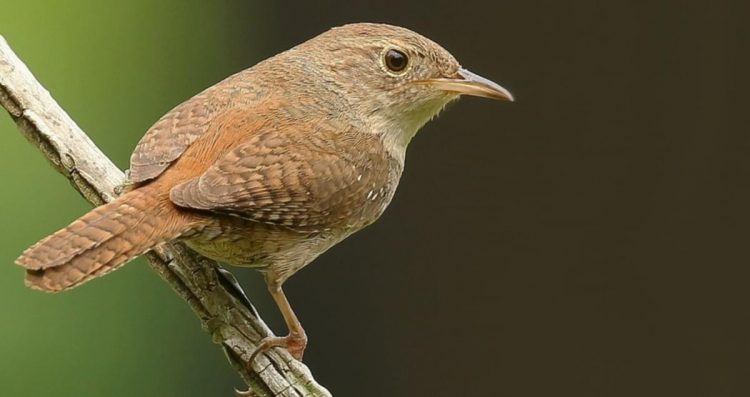When daylight saving time is also known as summer time and starting again the confusion is once again ticking away: when exactly the end-time office? Why do we spring forward? Does it really save energy or bad for health? The federal government does not need States and U.S. territories observe daylight saving time, which is why the people of Arizona will be Puerto Rico, Hawaii, Virgin Islands, American Samoa, Guam and the islands Northern Mariana did not modify there clocks this weekend. A time when they're is daylight saving time is known to cause a few problems.
National surveys by Rasmussen Reports, explain that 83 % of respondents knew when to move there clocks ahead in spring. And 27% however, admitted that one hour before or after at least once in there life because they did not change there clocks properly. It just does not understand, because we do not use daylight saving time in the first place? How and when daylight saving time start? Due to daylight saving “go to bed early and rise early” and the inquisitive history and controversial daylight saving time and understand that his shock that the sun would rise earlier then usual. Imagine the resources that can be saved if he and the others got up before noon and burned less midnight oil. it would be helpful to make better use of daylight, but it is unclear how to implement it.
Only the Second World War, the summer took place on a big scale. Germany was the initial state to approve the time change, to decrease artificial lighting and than save the coal for the war. Friends and foes soon. In America is a federal law standardized the start and end of each year for daylight saving time in 1918, for States that have chosen to watch it. During the Second World War, the United States made obligatory for the summer across the country as a way to save resources in times of war. Between February 9, 1942, and September 30, 1945, the government has gone a step farther. In the meantime, the DST was an observed year, mostly making the time to the new standard, if only for a few years. Since the end of World War II, though, summer has always been optional for states. Nevertheless, it's start and end times have changed and disappeared.
During the Arab oil embargo in 1973 to 1974, once again, the U.S. extended DST in the winter, resulting in a reduction of 1 % of the electric charge of the country. But after thirty years, the Energy Policy Act of 2005 provided for an obligatory one-month extension of daylight saving long controversial, since 2007. But it is been actually save energy? Energy Saving time or just suck? In recent years, more then a few studies have greatly suggested that the DST does not save energy and can even lead to a net loss. Environmental Economist Hendrik Wolff, when parts of the country extended daylight saving time for 2000-Sydney Olympics and to others do not. The researchers keenly found that the practice of lighting and decrease electricity consumption in the evening, but amplified energy in the morning already dark, evening destroy the gains.
Similarly, Matthew Kotchen, an economist of the University of California, “Indiana” has seen a situation developed for the study. Before 2006, only 15 states that the county observed 92 days to save time. Thus, when the state has given the entire summer it was possible to compare the before and after use of energy. though the use of artificial light is abridged, consumption of air conditioning is increased use energy more then offset the gains of the summer-time research in 2008. This is because the additional daylight hours in the evening add the hottest hours. So if people come home an hour earlier in a warm house, they turn on there air conditioner. In fact, Hoosier consumers paid more for electricity bills that have made the first of the annual variation during the summer period, the study found. But other studies show no energy gains.
In a 2008 report to Congress regarding daylight saving, mandated by that act the same energy gain 2,005 days of time. Which rise not to save energy. Light saving time in practice still widespread in 2011, saved 1.3 terawatt hours of electricity. This figure proposes that daylight saving time decrease annual electricity consumption of the United States at 0.03 % and the total energy consumption of 0.02 %. Though this % seem little, can lead to important savings due to huge total energy use. In adding, the economies of a few regions are in fact greater then in others.
California seems to take pleasure in a longer summer, maybe due to it's relatively mild climate encourages people to stay longer. The Energy Department report found that daylight saving time resulted in a savings of 1 % every day in the state that the figures were subjected to statistical variations and should not be taken as facts. And the profits of daylight saving “in the United States will mainly depend on it's location relative to the Mason-Dixon. The North may be a small victory for the North looks so. But in the South is a clear loser in terms of energy consumption. South has the majority energy consumption according to summer time.
Daylight: Healthy or harmful?
For decades, proponents of DST have argued that energy or not, summer boost health by promoting active lifestyles. At a time when American national has been studied, we are clearly seeing that the extension of daylight saving time in spring, watch TV, and an important reduction in external behavior, such as jogging, walking, or going to the park are much higher. And ‘significant because, of course, the total amount of light in a given day is the same. But others warn against the harmful effects. studies show that our body clocks circadian-set of light and darkness, never adjust to earning one hour of “extra” days of the end of the summer sun.
The consequence of this is that the bulk of the population has significantly decreased productivity, decreased quality of life, increasing susceptibility to disease, and just tired. One of the reasons so many people in the developed world are chronically tired and is suffering from “social jet lag. In other words, the circadian sleep optimum periods are out of balance with there real sleep. The change from morning to night only add to the discrepancy.
The light does not do similar things in the body in the morning and evening. More light to assist you're body clock in the morning, and it would be good. But more light at night could farther delay the body clock. Moreover, other studies suggest health risks even more serious. The risk of heart attack increases in the days immediately after the time change in spring. The most likely explanation for our results is sleep disorders and disruption of biological rhythms.
Daylight savings Lovers, Haters
With the verdicts on the benefits or costs, summer time to divide, it may be, it is not astonishing that annual time changes motivate polarized responses. In the UK, for example, part of a movement of light at the end of 10:10, a group that advocates the decrease of carbon emissions, arguing for a type of summer weather. Originally, they say, to pass the standard time of one hour, and than continue observing daylight saving time as usual by adding two hours in the night that we now think the standard time.
The peoples are behind standard time and want to totally abolish daylight saving time. Call for energy efficiency states that “baseless” If we are to save the year with summertime If we do not that will make energy-saving time. But do not most people relish the sun each evening was extra? All that remains in doubt. Most people only think time, the change is worth it. 47 % agreed with this result, only 40 % disagreed.
But Grasp Daylight research advises daylight saving time, many people are loving of. I think the first day of summer time is really like the first day of spring for many people. This is the first time they have for some time after work to enjoy the spring weather. I think if you ask most people if they like to have an extra hour of daylight in the evening, eight months a year, the answer would be quite positive. Also Read: How Sand Dunes Build Up
























